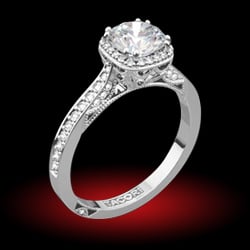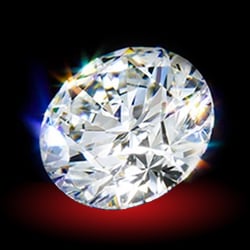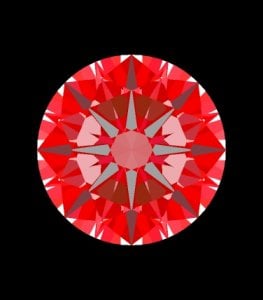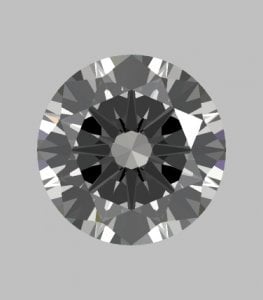Ran this through the HCA. I'm used to seeing diamonds with smaller tables getting scores like this - but unless I'm doing something wrong, this gets in the "excellent" range. It also scored high on the Brilliance Scope, although I don't have a copy of those results.
1.3C round
VS2
G Color
Diameter: 7.19 mm avg
Depth: 57.9%
Crown Angle: 33.8 degrees or 12.5%
Pavil Angle: 40.4 degrees or 42.5%
Table Avg. Size 62.7%
Cutlet: Very Small
The measurements above came from a Sarin machine.
1.3C round
VS2
G Color
Diameter: 7.19 mm avg
Depth: 57.9%
Crown Angle: 33.8 degrees or 12.5%
Pavil Angle: 40.4 degrees or 42.5%
Table Avg. Size 62.7%
Cutlet: Very Small
The measurements above came from a Sarin machine.









300x240.png)